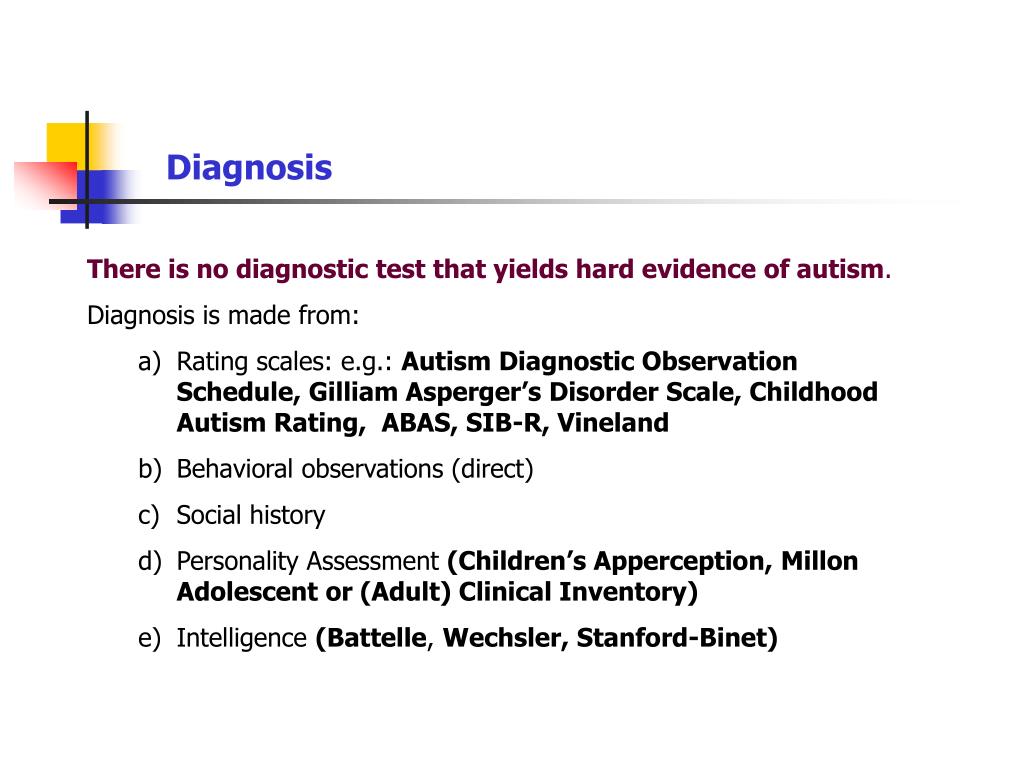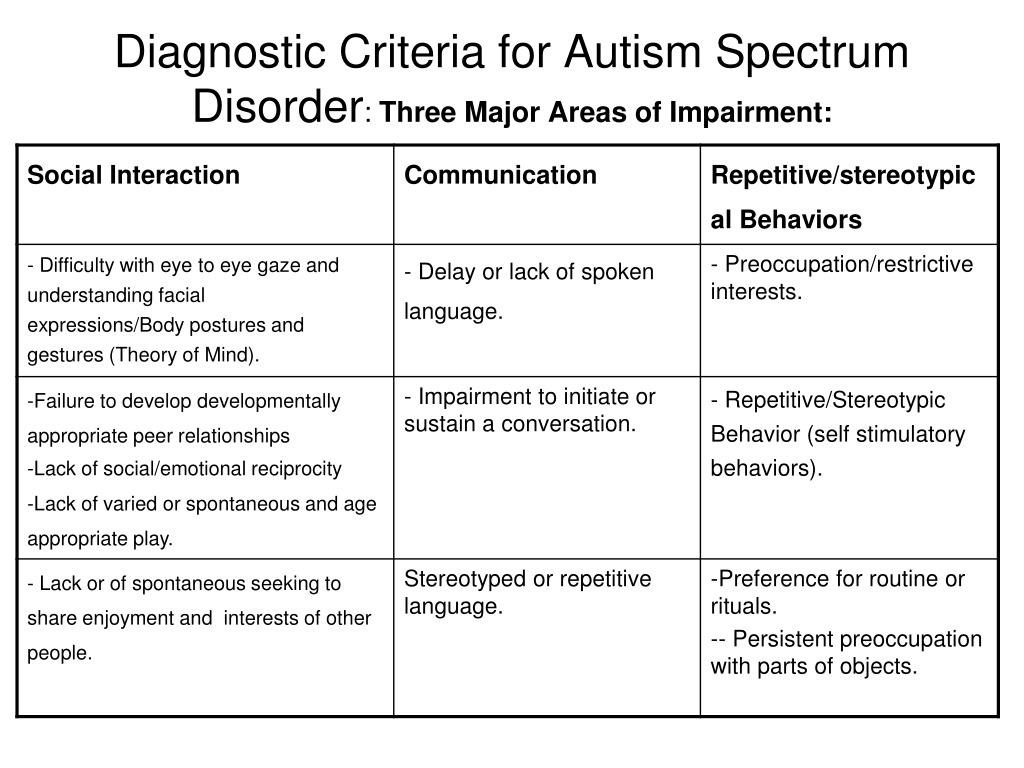

2 And while the actual prevalence is unknown, it is clear that those who work in settings with a high volume of pediatric patients that employ evidence-based protocols will encounter a substantial number of children with this condition. It is now known that ANSD is a relatively common hearing disorder affecting up to 10% of children with permanent hearing loss.

Over time, as clinical protocols were developed to diagnose ANSD, more children have been identified with this condition. 4 In many cases, the hearing complaints preceded neurologic symptoms by several years. 4 The majority of these patients had other peripheral neuropathies, and several were subsequently found to have Charcot-Marie-Tooth disease and other progressive neurologic conditions. Early reports of auditory neuropathy by Starr and colleagues in 1996 described several patients with perplexing findings that included absent or abnormal ABR and present cochlear microphonics and otoacoustic emissions, implying normal outer hair cell function and altered neural transmission. Since the first reported cases of auditory neuropathy in the late 1980s and early 1990s, audiologists and other professionals working with these patients have struggled with several complex issues surrounding diagnosis and management. 2 Commonly cited characteristics include speech perception abilities that are poorer than expected for the degree of hearing loss and difficulty hearing in noise. Santarelli describes auditory neuropathy as “a hearing disorder characterized by disruption of temporal coding of acoustic signals in auditory nerve fibers resulting in impairment of auditory perception that rely on temporal cues.” 1 Functionally, the disorder may result in hearing thresholds that range from normal in some individuals, to profound in others. The term ‘auditory neuropathy spectrum disorder’ (ANSD) encompasses a group of patients with evidence of normal outer hair cell function as reflected by present otoacoustic emissions (OAE) and/or present cochlear microphonics (CM) but absent or abnormal auditory brainstem responses (ABR).


 0 kommentar(er)
0 kommentar(er)
